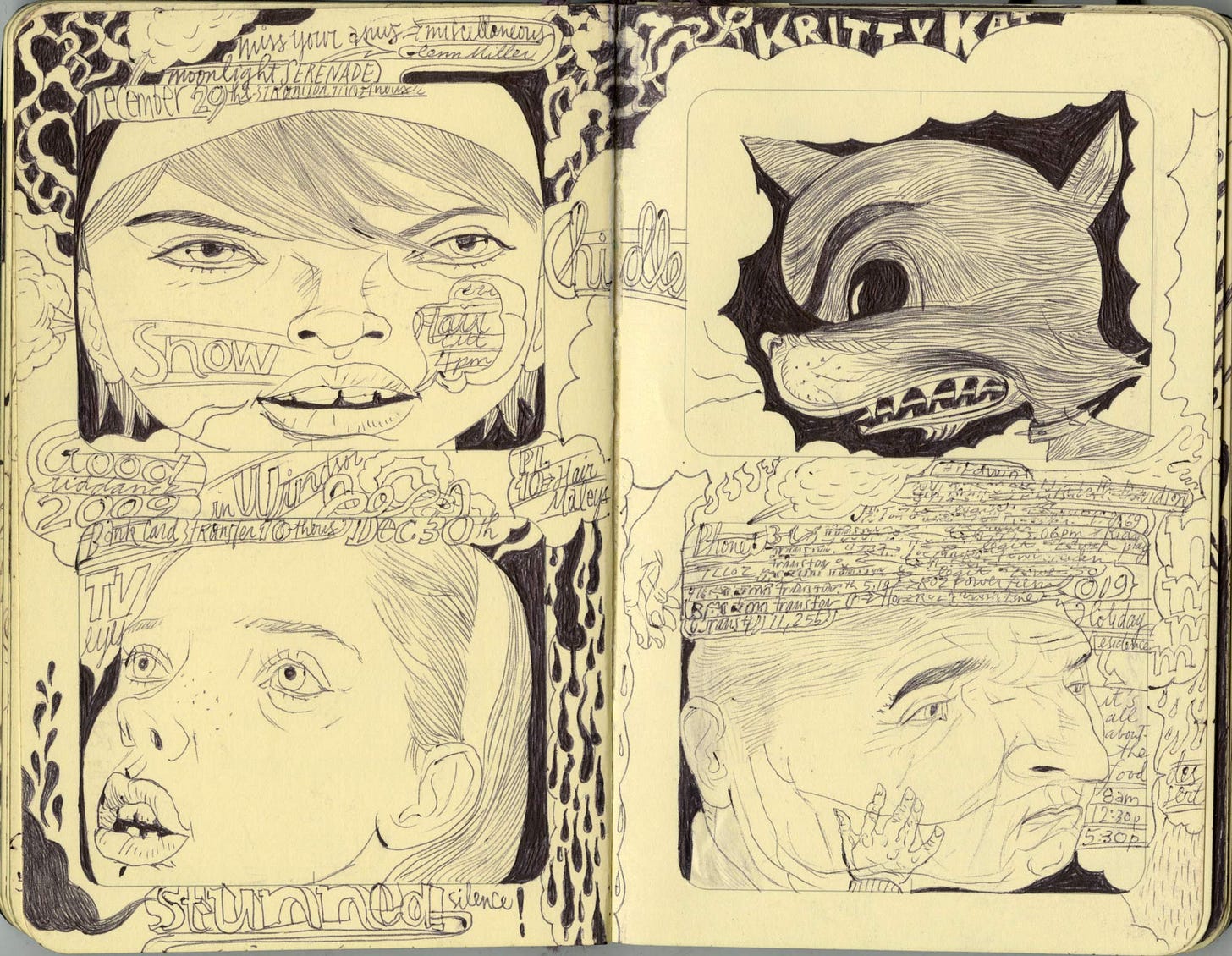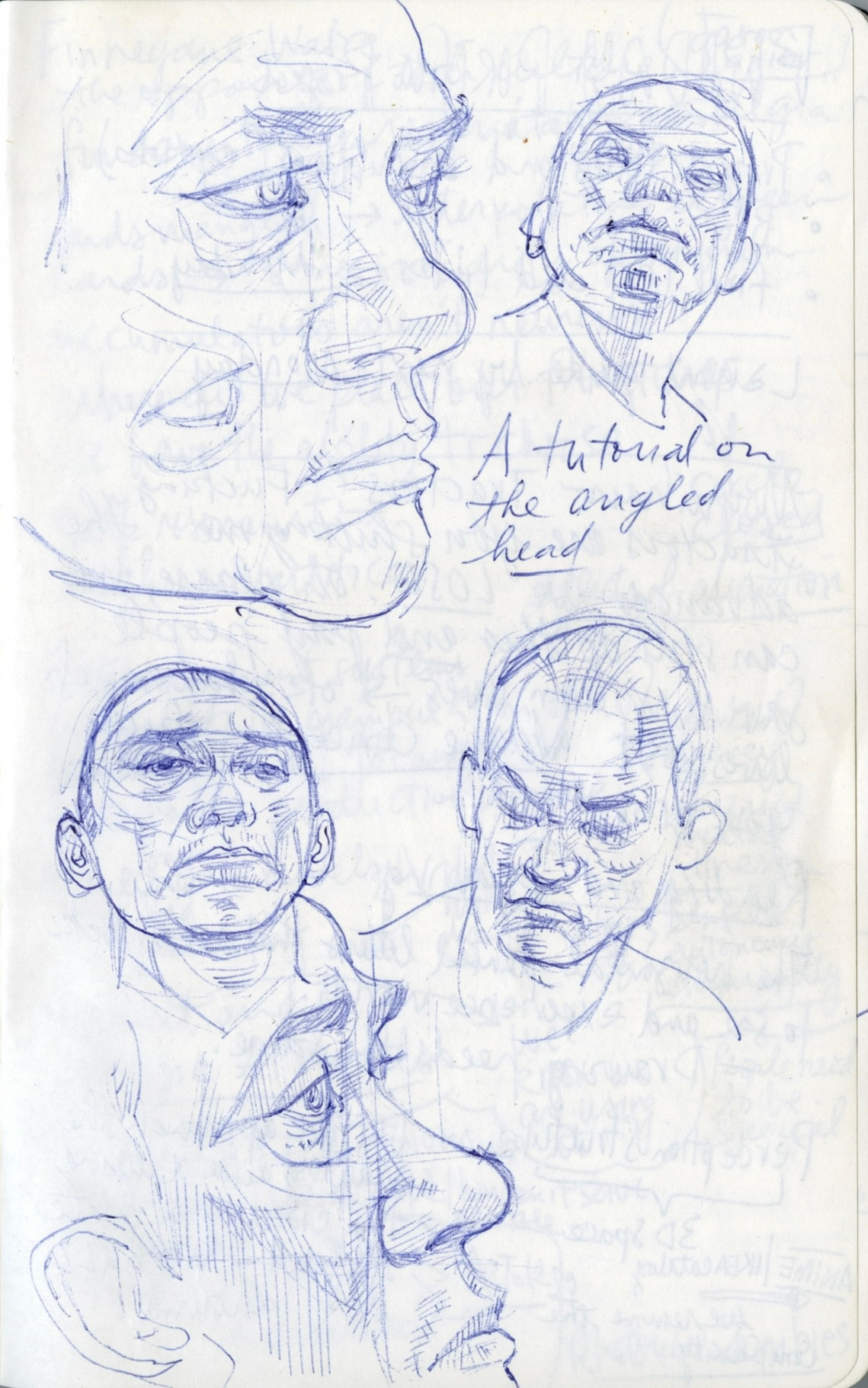We have won the battle with boredom. Waiting in line, long car trips, and every waking moment can be filled with our hand held dementors. So much human ingenuity: computer science, engineering, cognitive science, leveraging our most adaptive hardwiring in the service of creating a better gerbil wheel for humans.
The murder of boredom is seen as justifiable homicide, as we were sold a bill of goods by social media platforms that we could be more connected and productive. The new promise of A.I. is the end of all those drudgery tasks like reading, writing, and making pictures, as we can prompt our boredom away. But our creativity, our innovation, and our health is born in the dying embers of a boring experience.
There is a price to pay for changing our attention habits. First, no person can multitask, we just do multiple things less well. Cognitive neuroscientist Earl Miller has studied the costs we incur as we switch our focus between multiple tasks, like the ‘switch cost effect’ of moving between reading this post and checking an incoming text. You have to return to the post and remember where you were and what you were reading. But, it was only a few seconds…our brain is not like a blinking cursor beckoning us to return to the sentence and continue our forward journey. I liken it to a thread (a word that gained another meaning this week…I mean the thin woven fibre we use to sew together our garments) that we break and then we need to tie the 2 ends together to continue, it takes time and it changes the strength of the thread.
Our fractured focus, so willingly given and greedily devoured by these tools specifically designed to leverage our worst adaptive tendencies has one cost that is central to our well being. Miller calls this cost the ‘creativity drain’, our brain needs time for the important task of creative thinking. Creative thinking isn’t lightning bolts of insight, it is associative connections and links made when the brain isn’t thinking about the tiger in the jungle or as we live today, email, text, Instagram, Twitter, TikTok, Facebook, YouTube, Threads, Bluesky…
When I am teaching drawing, I walk behind the group taking in their approach to the specific exercise. Walking, looking, thinking/questioning silently, invariably leads to insight. I have ideas about solving the problem, and I can see over 20 different ways that it is being addressed. This week, I had the model change the angle of his head for each pose. I watched how each person attempted to problem solve the complexity. There are many methods for solving this but I was looking for an analogy that would better connect to this specific group/model/ and the problem. I sometimes will do quick drawings in my class journal, like I did here, to more fully engage my muscle memory in the thinking process. Solving an Illustration problem begins with making a drawing for me, it unlocks my thinking. The analogy arrived, a new way to look at the problem happened because I let the brain do its work of layering, associating, connecting, and building meaning.








